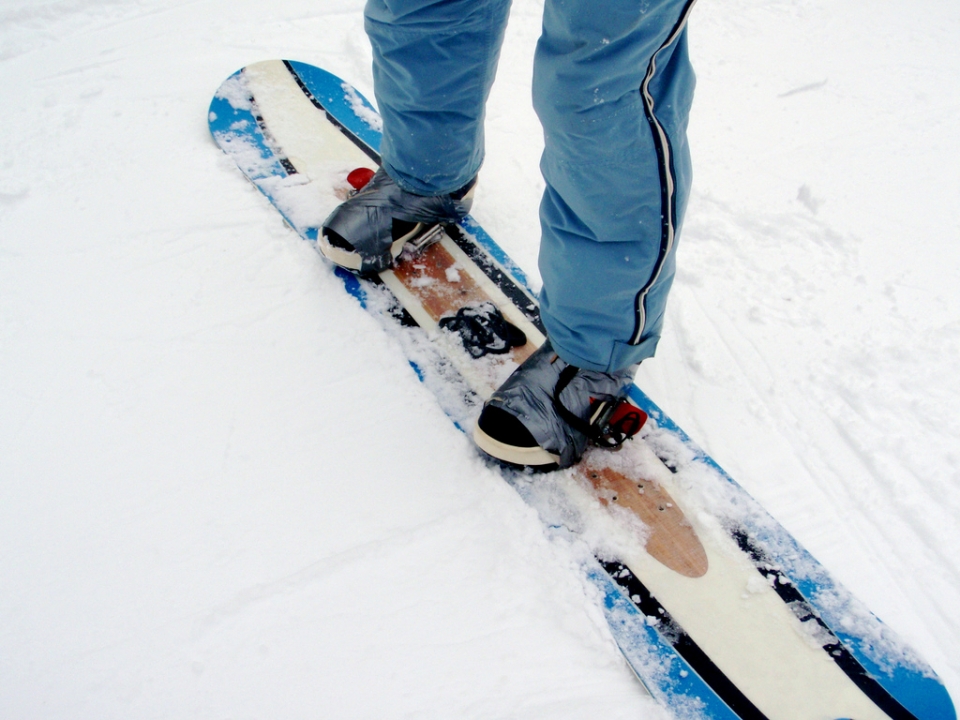
What type of snowboarding do I do?
It's essential to be clear about the type of snowboarding you'll be doing, as the board will vary depending on the required techniques. If you're a beginner and still unsure (as is normal), you should first focus on mastering the basics before worrying about specifics.
Your best bet is to opt for an "all mountain" snowboard with a sandwich construction that isn't too stiff. If price is a concern, check outlet stores where you might find some good discounts.

Technical characteristics of snowboards
There are two main aspects to consider:
- Shape. This refers to the board's design, with two main types: "directional" (with a wider nose than tail for stability and edge hold, especially in turns) and "twin tip" (symmetrical for riding switch, ideal for freestyle).
- Camber. Depending on your needs: traditional camber for better edge hold and power, flat camber for freestyle ease, reverse camber (rocker) for switch riding and jump landings, and pow camber for float in deep snow.

How to choose your snowboard size
To determine your board length, use this simple calculation method based on the 15%, 12% or 10% rule:
- If your weight (kg) is less than your height (cm): subtract 15% (e.g. 69kg and 172cm: 172-15% = 146.2cm)
- If your weight exceeds your height: subtract 12%
- If weight equals height: subtract 10%
Another reliable method is standing the board vertically - the top should reach between your chin and nose. If you're average weight-for-height, it should sit just below your chin; if heavier, slightly above; if lighter, consider a shorter board.

Finally, consider your boot size. Boards come in narrow, regular and wide (wide) widths. For UK size 10 (EU 44) or larger, choose wider boards to prevent toe drag. Size 8-9.5 (EU 42-44) suits ~25cm waist width, while smaller feet (under EU 42) can use boards up to 24cm wide.











